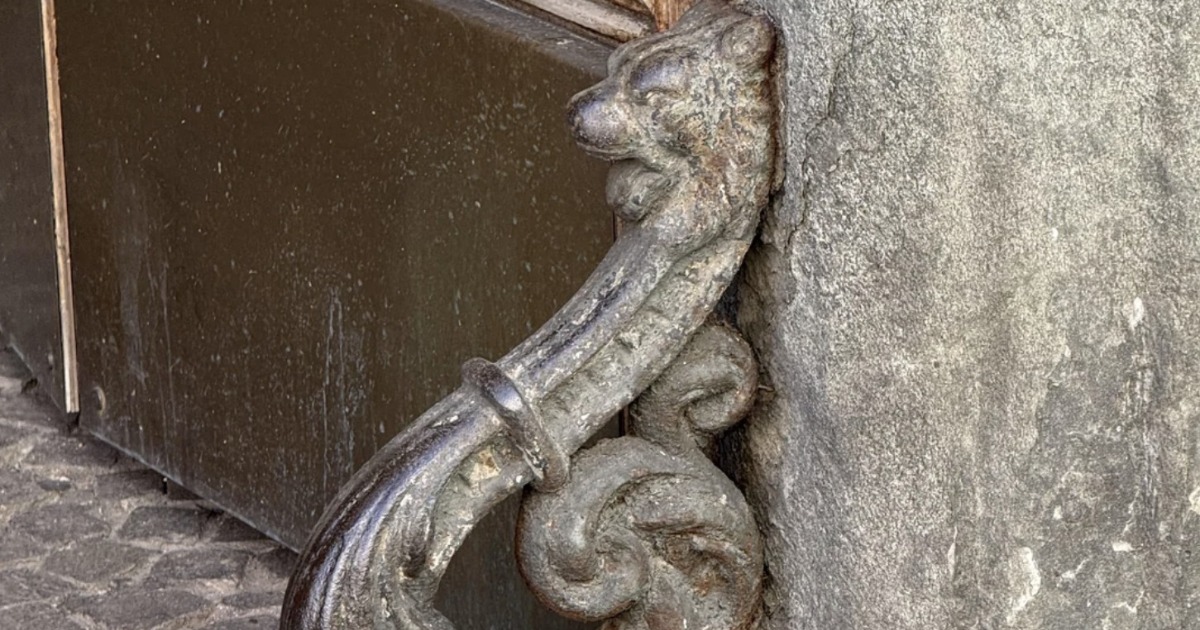Why Are These on Every Corner?

Source: Reddit
On a hot afternoon in Torino, while I was out searching for gelato to cool down, I noticed strange little metal devices at the bottom of a large wooden gate. They appeared to be half-dragon or aquatic animals, nestled into the stone opening as if they were meant to be there. I assumed they were decorative.
People called them carriage guard stones, and they served a highly functional purpose.
I started a rabbit hole—several tabs opened on Wikipedia and one espresso later—and it is hard for me to not see them everywhere now. These little guys were integral for anyone rolling into the city with a carriage.
What Are Carriage Guard Stones?
Here is the scene: it’s the 1800s. You’ve got a horse-drawn carriage, no power steering, and no sensors in your wheels. You’re trying to roll into a confined courtyard with stone walls and a giant wooden door.
If your wheel hit the side, it damaged both the gate or door and your carriage. They installed carriage guard stones to alleviate that. Typically made of stone or cast iron, they were place at the corners of entrances, and it directed the wheels inwards when it got too close. In a sense, they are precursors to curbs—high low-tech and very effective.

Where Utility Became Beauty
They were not just solid lumps of stone. Many were well-crafted shapes like scrolls, lions, snakes, or leaves. The one I saw in Torino had some sort of curled animal design—a hybrid half animal art.
Even utilitarian things showed thoughtfulness. People took pride in detail. Cities integrated function into beauty; guard stones were part of the aesthetic.
They Are Still Around
Many of the carriage guard stones are still in place. People may no longer use them to direct wheels, but they still place them along the edges of old gates and doorways.
They have survived carriages, trucks, scooters, and tourists. Some tourists pass by without noticing them. But they are still holding their ends of the corners together. They still perform their intended function—just with fewer wheels to manage.

Why You Should Look Down More
Carriage Guard Stones are architectural storytellers. They mark where wheels once turned too sharply, where carts scraped too close, where cities were naturally accommodating to traffic five roads before they had traffic lights.
Next time you’re sauntering along a historic street, look down. Those worn little chunks of stone or dog-legged iron curls? They have been stationary since the early centuries and have seen centuries of movement.
They are not behind glass, they are right there, in plain sight—waiting to be noticed.